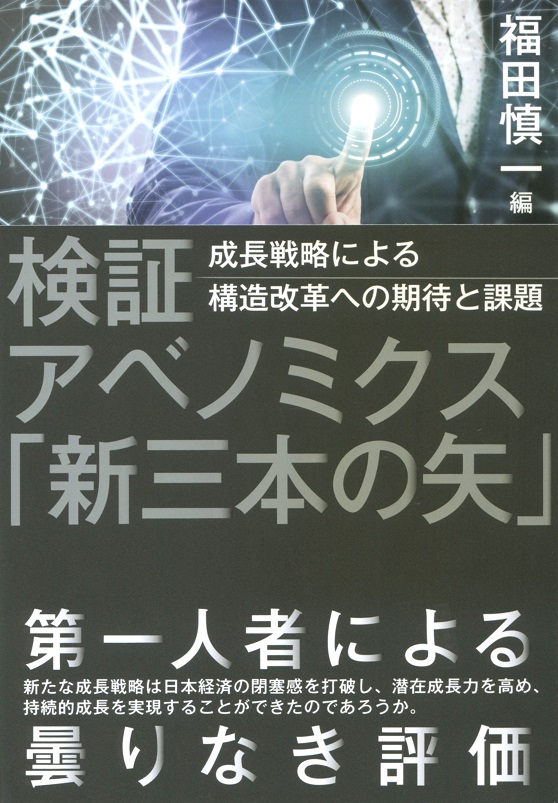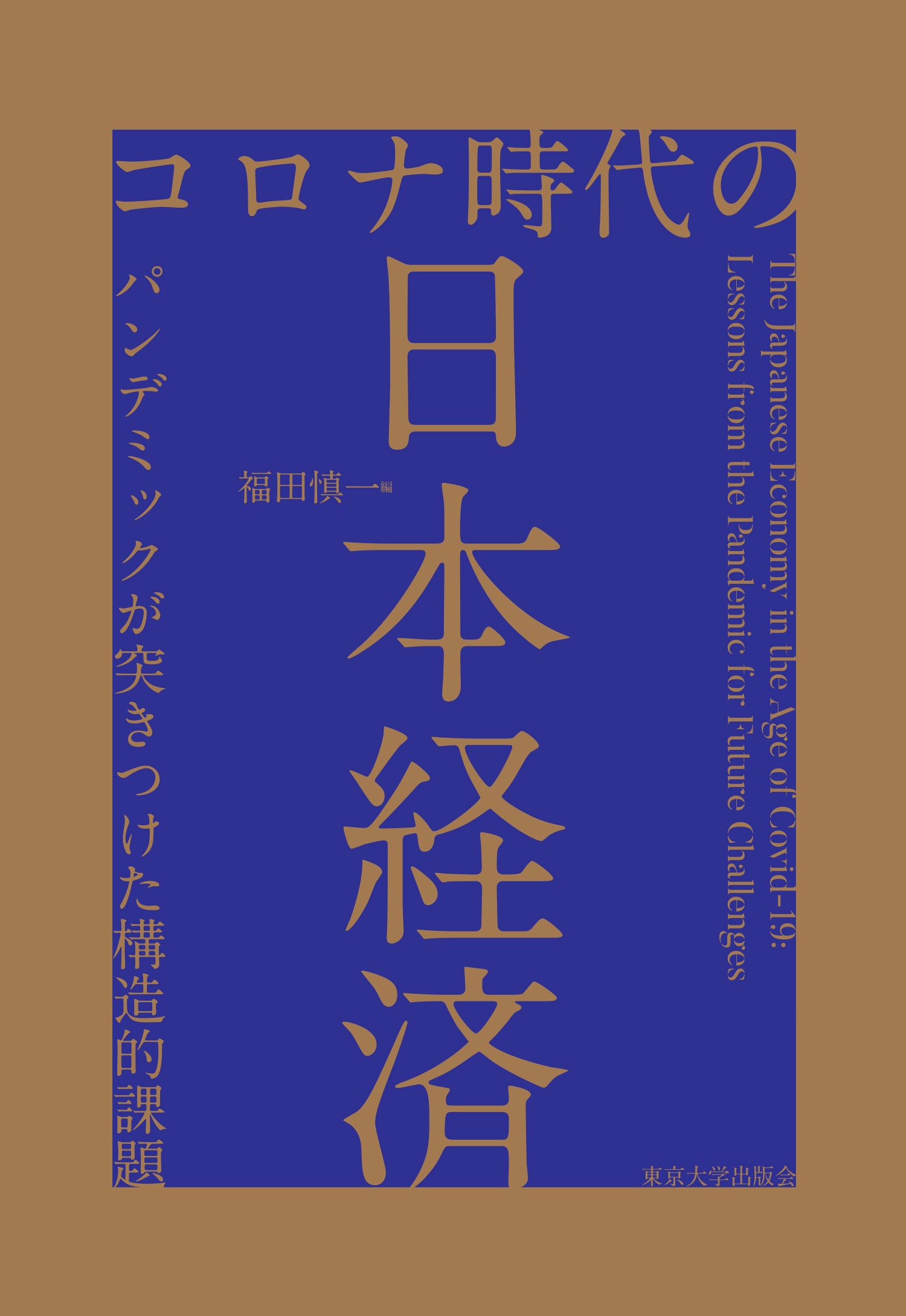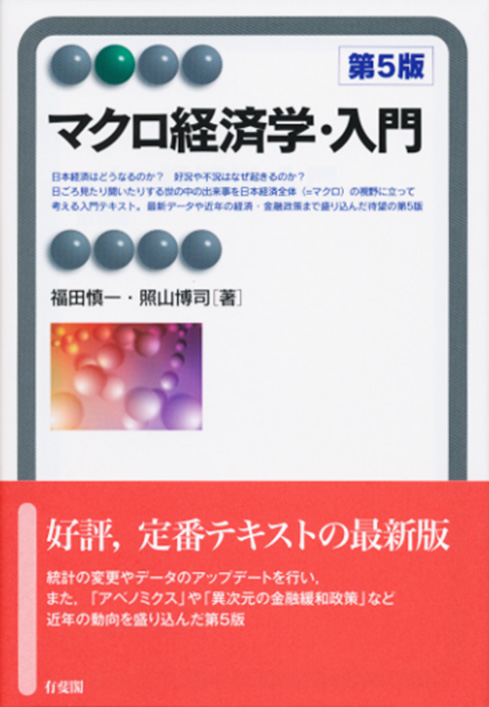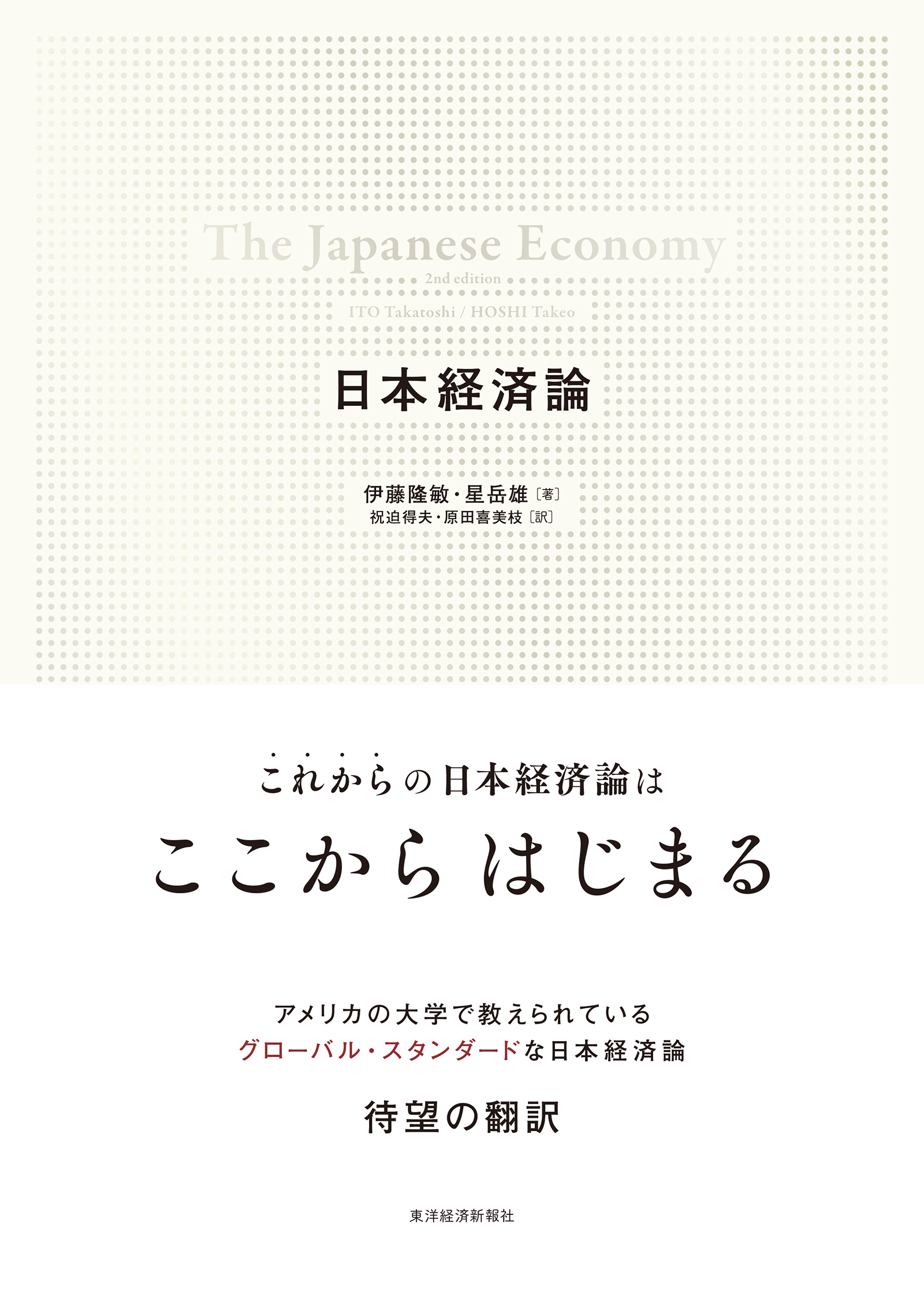
Title
Kensho Abenomics “Shin-Sanbon no Ya” (Verification of the “New Three Arrows” of Abenomics: Prospect and agendas concerning structural reform based on the growth strategy)
Size
246 pages, 127x188mm
Language
Japanese
Released
June 29, 2018
ISBN
978-4-13-040284-2
Published by
University of Tokyo Press
Book Info
See Book Availability at Library
Japanese Page
The economic policies of the Abe administration—known as “Abenomics”—are aimed at achieving sustainable growth in Japan by revitalizing the slow-moving Japanese economy and at departing from the deflationary economy of the recent past. Initially, Abenomics significantly improved various economic indicators through the implementation of “The Three Arrows,” comprising dramatic monetary expansion, aggressive fiscal stimulus, and a growth strategy to attract private investment. However, the current Japanese economy still has many indicators signaling a lack of vitality. A more pressing problem is that medium- to long-term challenges—such as the declining birthrate and aging population, as well as the fiscal deficit—remain unsolved. The birthrate decline and aging population as well as the accumulation of government debt in Japan are advancing at an unprecedented rate, which creates serious and significant structural problems. It is essential to solve these structural problems and to eliminate any concerns about the future, to ensure a shared feeling of a virtuous circle within the Japanese economy. This necessitates a growth strategy that exploits the power of the private sector to the utmost and that creates a new frontier backed by human resources and technology.
These circumstances prompted Prime Minister Shinzo Abe to declare in September 2015 that “Abenomics will move to a second stage,” and to announce the new “three arrows” (hereinafter referred to as the “New Three Arrows”) to drive renewed economic growth. The New Three Arrows comprise the following objectives: (1) a strong economy that creates prospect (=> reaching a nominal GDP of 600 trillion Yen by 2020), (2) child-rearing support that engenders dreams (=> recovering the total fertility rate to 1.8), and (3) social security that ensures peace of mind (=> reducing the number of people that have to abandon their careers to provide nursing care to family members.) The aim is to curb the declining birthrate and aging population, maintaining a population of 100 million even 50 years down the line, and implementing the “Dynamic Engagement of All Citizens” plan, where everyone can work effectively from home, in workplaces, and in communities. Additionally, the Prime Minister expressed enthusiasm for “wanting to directly address the problem of the declining birthrate and aging population, which is a long-standing structural problem of Japanese society.” At the end of 2017, the “productivity revolution” and “human resource development revolution” toward the realization of a nominal GDP of 600 trillion Yen were regarded as the biggest challenges of Abenomics. In response, economic policies were designed to address these concepts.
In this book, we aim to validate Abenomics, which is entering a new phase, through multifaceted consideration centered around the New Three Arrows. The pillars that form the basis for the New Three Arrows were initially criticized for merely being targets (objectives), accompanied by unclear arrows (means). In response to these criticisms, a policy package was presented, centered on “productivity revolution,” which includes initiatives such as improvement of corporate profitability and the promotion of investment in IoT, big data, artificial intelligence, and innovation utilizing robots. A policy package pertaining to human resource development revolution was also presented, which includes proposals such as free early childhood education, eliminating waiting lists for children, free tertiary education, and improving the working conditions of care workers. However, the effectiveness of tangible arrows (means) in meeting the targets (objectives) will only be revealed in the future. For this reason, it is clearly important to once again address the challenges of the current growth strategy in Japan, as is done in this book.
(Written by FUKUDA Shinichi, Professor, Graduate School of Economics / 2018)



 Find a book
Find a book


 eBook
eBook

